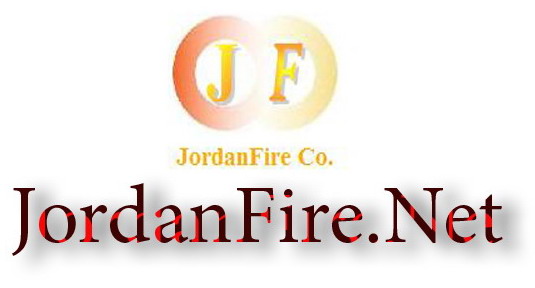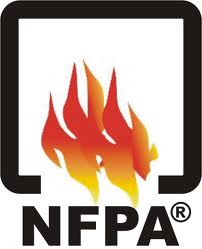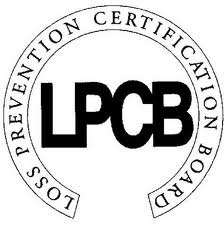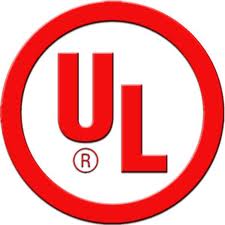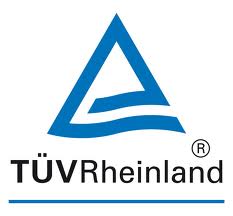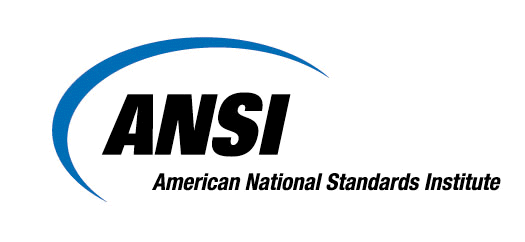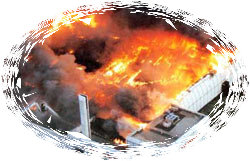
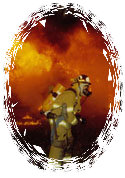


Fire Prevention > Hazards Classification
A. Light Hazard Occupancies:
Light hazard occupancies shall be occupancies or portions of other occupancies where the quantity and/or combustibility of contents is low and fires with relatively low rates of heat release are expected.
Light hazard occupancies include occupancies having uses and conditions similar to the following:
• Churches
• Clubs
• Eaves and overhangs, if of combustible construction with no combustibles beneath
• Educational
• Hospitals
• Institutional
• Libraries, except large stack rooms
• Museums
• Nursing or convalescent homes
• Offices, including data processing
• Residential
• Restaurant seating areas
• Theaters and auditoriums, excluding stages and prosceniums
• Unused attics
B. Ordinary Hazard Occupancies.
a. Ordinary Hazard (Group 1).
Ordinary hazard (Group 1) occupancies shall be occupancies or portions of other occupancies where combustibility is low, quantity of combustibles is moderate, stockpiles of combustibles do not exceed 8 ft (2.4 m), and fires with moderate rates of heat release are expected.
Ordinary hazard occupancies (Group 1) include occupancies having uses and conditions similar to the following:
• Automobile parking and showrooms
• Bakeries
• Beverage manufacturing
• Canneries
• Dairy products manufacturing and processing
• Electronic plants
• Glass and glass products manufacturing
• Laundries
• Restaurant service areas
b. Ordinary Hazard (Group 2).
Ordinary hazard (Group 2) occupancies shall be occupancies or portions of other occupancies where the quantity and combustibility of contents is moderate to high, stockpiles do not exceed 12 ft (3.7 m), and fires with moderate to high rates of heat release are expected.
Ordinary hazard occupancies (Group 2) include occupancies having uses and conditions similar to the following:
• Cereal mills
• Chemical plants — ordinary
• Confectionery products
• Distilleries
• Dry cleaners
• Feed mills
• Horse stables
• Leather goods manufacturing
• Libraries — large stack room areas
• Machine shops
• Metal working
• Mercantile
• Paper and pulp mills
• Paper process plants
• Piers and wharves
• Post offices
• Printing and publishing
• Repair garages
• Resin application area
• Stages
• Textile manufacturing
• Tire manufacturing
• Tobacco products manufacturing
• Wood machining
• Wood product assembly
C. Extra Hazard Occupancies.
a. Extra Hazard (Group 1).
Extra hazard (Group 1) occupancies shall be occupancies or portions of other occupancies where the quantity and combustibility of contents is very high and dust, lint, or other materials are present, introducing the probability of rapidly developing fires with high rates of heat release but with little or no combustible or flammable liquids.
Extra hazard occupancies (Group 1) include occupancies having uses and conditions similar to the following:
• Aircraft hangars (except as governed by NFPA 409, Standard on Aircraft Hangars)
• Combustible hydraulic fluid use areas
• Die casting
• Metal extruding
• Plywood and particle board manufacturing
• Printing [using inks having flash points below 100°F (38°C)]
• Rubber reclaiming, compounding, drying, milling, vulcanizing
• Saw mills
• Textile picking, opening, blending, garnetting, or carding, combining of cotton, synthetics, wool shoddy, or burlap
• Upholstering with plastic foams
b. Extra Hazard (Group 2).
Extra hazard (Group 2) occupancies shall include occupancies with moderate to substantial amounts of flammable or combustible liquids or occupancies where shielding of combustibles is extensive.
Extra hazard occupancies (Group 2) include occupancies having uses and conditions similar to the following:
• Asphalt saturating
• Flammable liquids spraying
• Flow coating
• Manufactured home or modular building assemblies (where finished enclosure is present and has combustible interiors)
• Open oil quenching
• Plastics processing
• Solvent cleaning
• Varnish and paint dipping
Source( NFPA 1- 6.6.1.3 Fire Prevention Code )
JordanFire.Net
